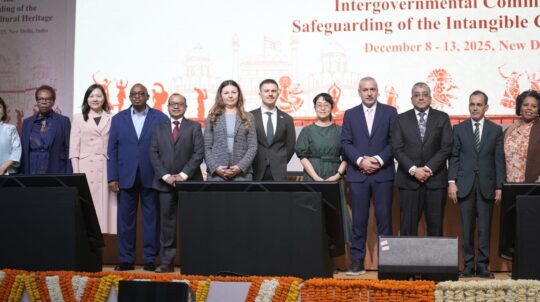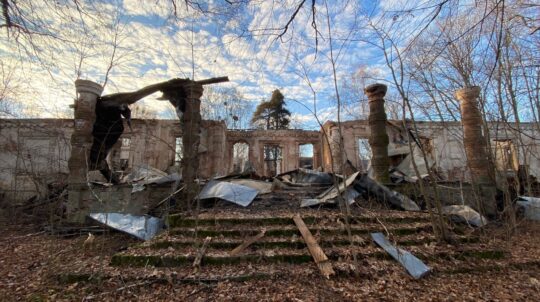On September 29, the exhibition “Someone Was a Neighbor: Choice, Human Behavior, and the Holocaust” was presented at the National Historical and Memorial Reserve “Babyn Yar.” It was dedicated to the 83rd anniversary of the Babyn Yar tragedy.
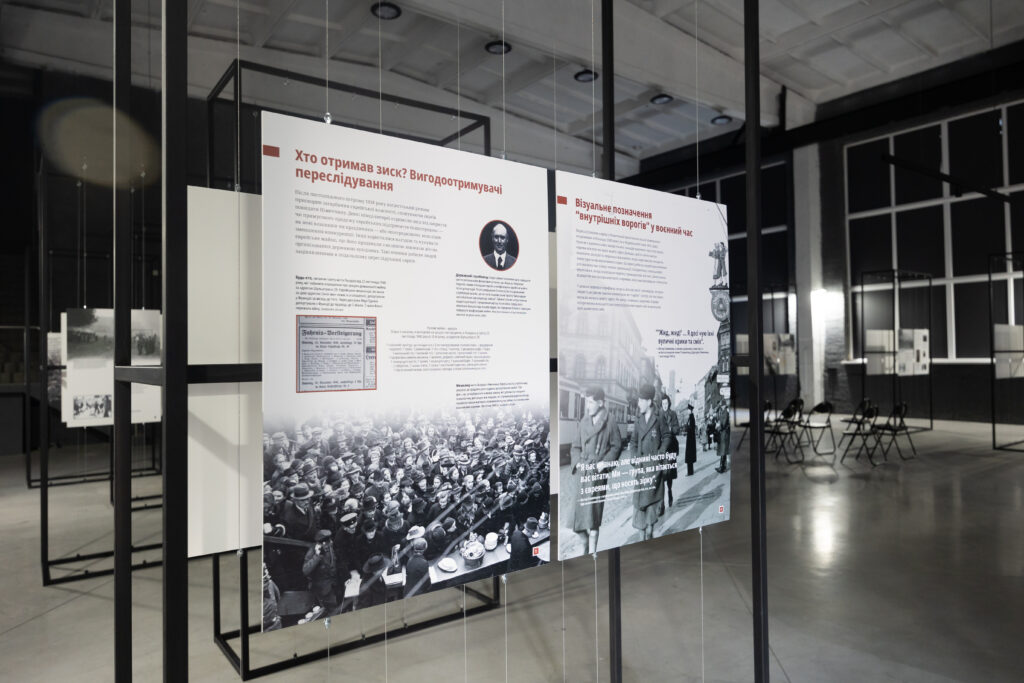
“The aim of this exhibition is to remind us how ‘silent consent’, indifference, or the active participation of ordinary people made possible horrific crimes against humanity – crimes we, unfortunately, still face today. Throughout the past 10 years of war, we have witnessed numerous atrocities committed by russians in Ukraine. These crimes require a fair assessment from the international community. Crimes for which they must be held accountable. Crimes that remind the world of the unlearned lessons of the Holocaust,” addressed the attendees Minister of Culture and Strategic Communications of Ukraine, Mykola Tochytskyi.

The exhibition features photographs, eyewitness accounts, and historical information about nazi policies, as well as the involvement of the local population in crimes against Jews, both active and “silent”.
The leadership role of Hitler and other nazi party leaders in committing crimes against humanity is undeniable. However, the exhibition explores the role and responsibility of ordinary people across Europe—their motives for observing, supporting, and collaborating with the nazis—and what influenced their choices. Parallels are also drawn with the present day, as the citizens of russia similarly support military aggression and war crimes against Ukraine’s civilian population committed by russian occupiers.
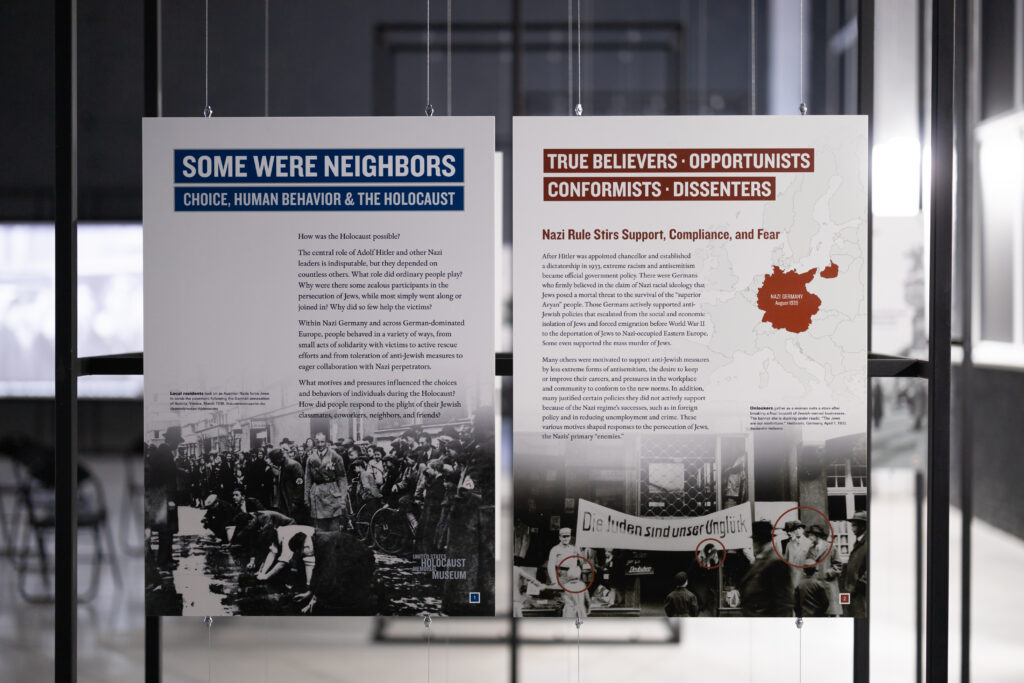
“Today, we must act against all forms of antisemitism, racism, and bigotry. When the dignity of any individual is threatened, we must unite in solidarity, compassion, and unwavering determination. After the Holocaust, those who witnessed its tragedy said: never forget, never again,” said U.S. Ambassador to Ukraine, Bridget Brink.
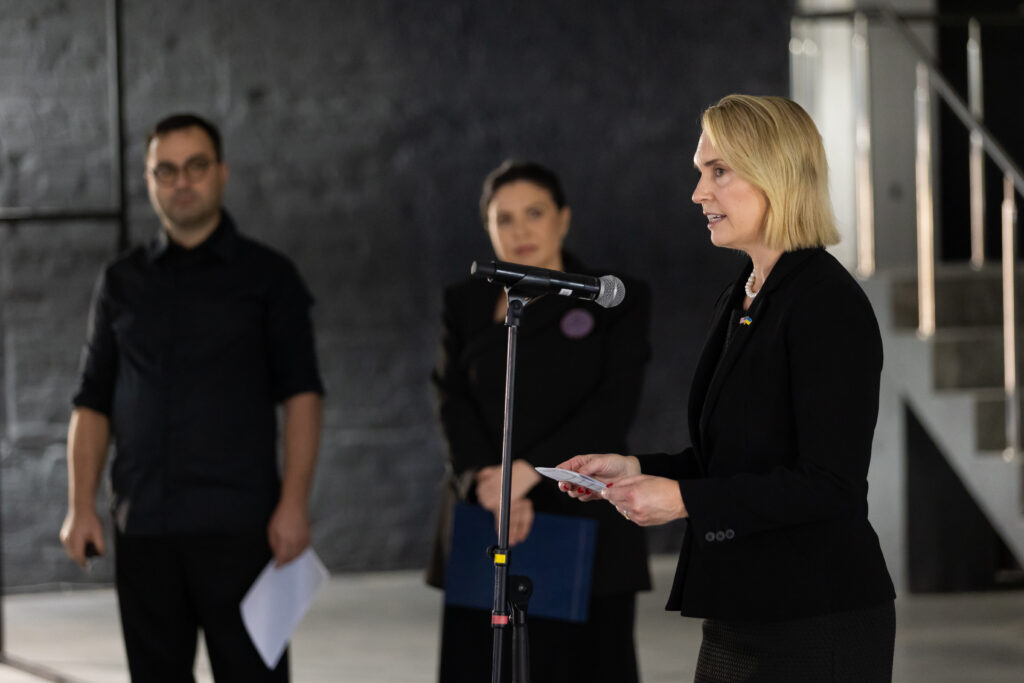
The co-organizer of the exhibition is the United States Holocaust Memorial Museum, one of the most renowned specialized historical museums in the world.
In a video address, the Director of the U.S. Holocaust Memorial Museum, Sara Bloomfield, stated: “I hope that as visitors view the exhibition, they will ask important questions about the past, how the Holocaust became possible, and about the present. The execution of nazi crimes required the support and active participation of many people at various levels, as well as many others who were at least indifferent to the suffering of their neighbors”.
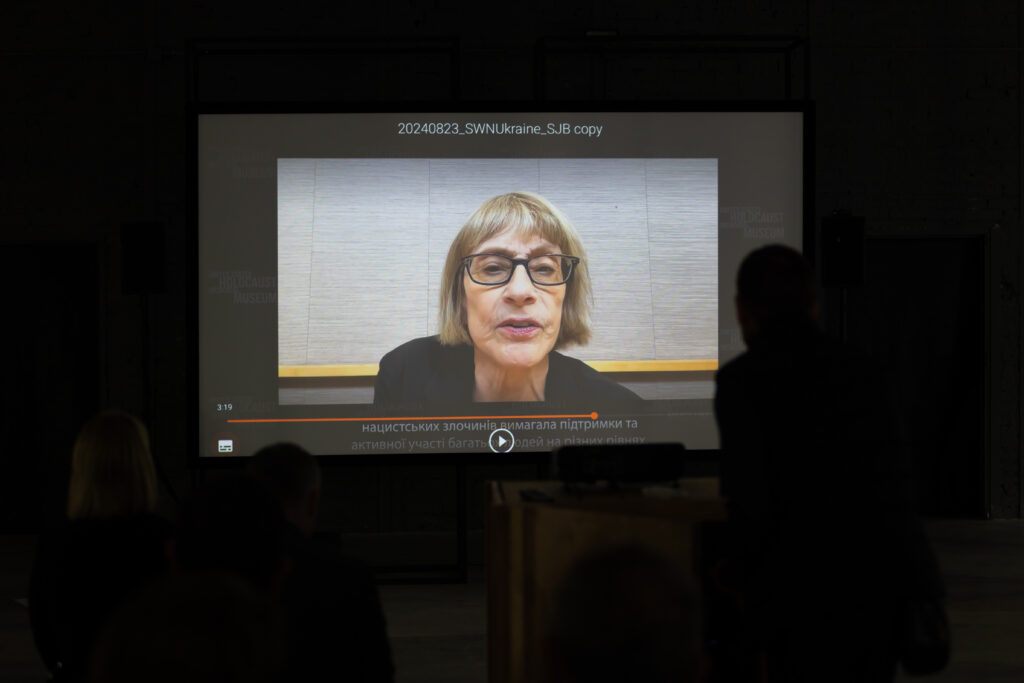
“In our hands lie only our choices, our actions, and how we raise our children. Being human is difficult, but possible. We teach our children that human life is of the highest value, regardless of race, religion, or beliefs,” noted the Director of the National Historical and Memorial Reserve “Babyn Yar,” Roza Tapanova.
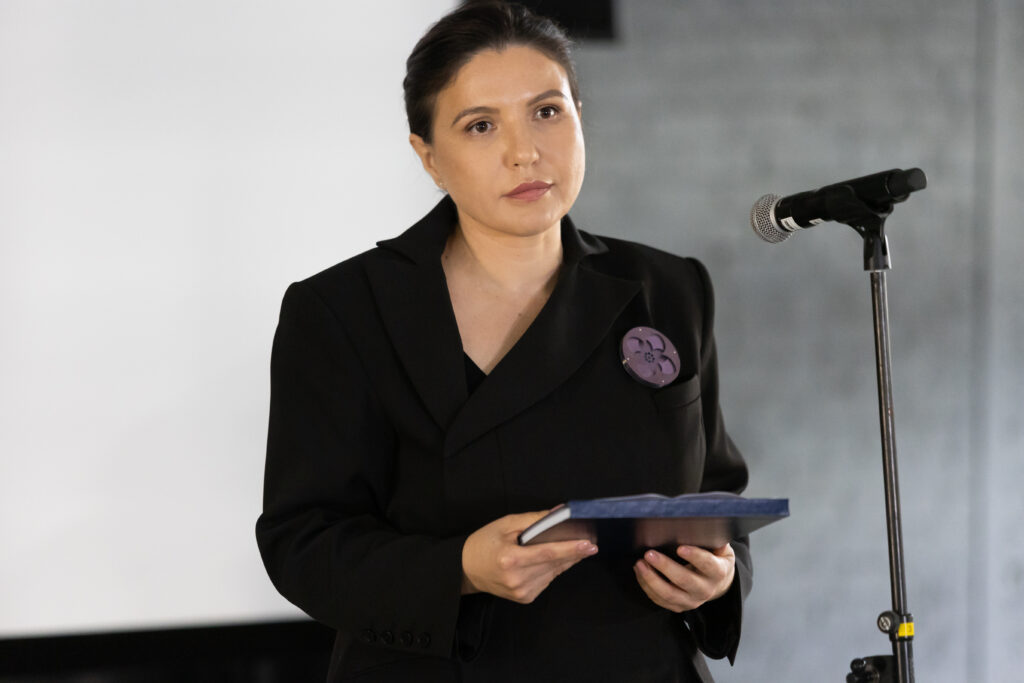
The United States Holocaust Memorial Museum is partnering with the Ukrainian side for the first time on a joint project. This federal educational institution is dedicated to ensuring the continuity, understanding, and relevance of the memory of the Holocaust.
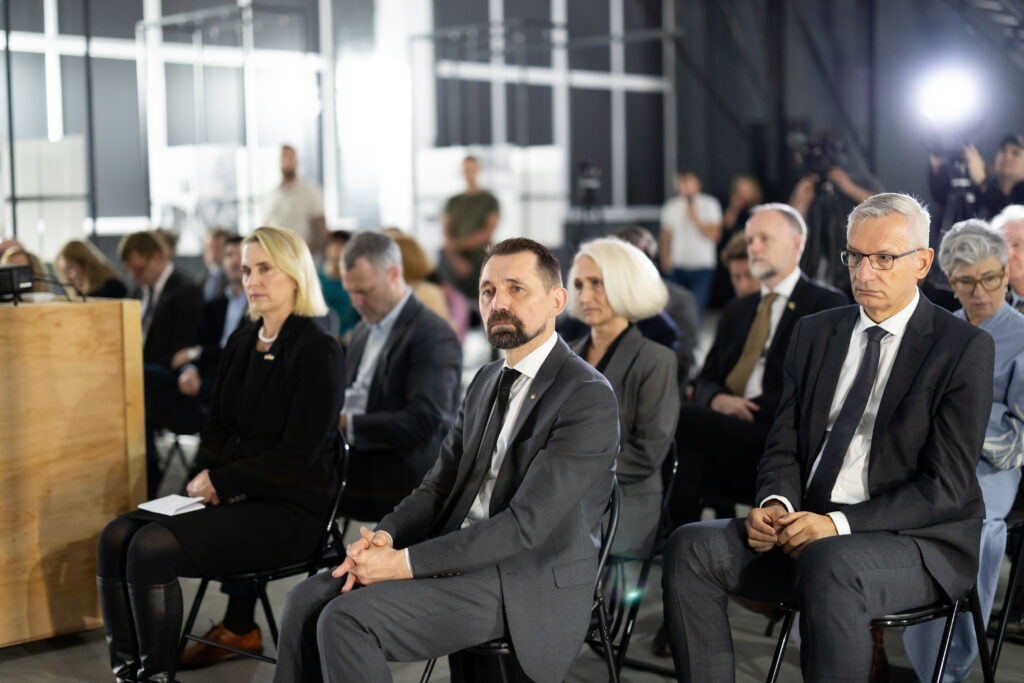
The exhibition will run until December 31, 2024, and can be visited daily from 10:00 AM to 7:00 PM, with free admission.
